Innovations in Biodegradable Materials
Innovations in biodegradable materials are significantly influencing the Food Biodegradable Packaging Market. Recent advancements in material science have led to the development of new biodegradable polymers that offer enhanced performance and functionality. For instance, materials derived from renewable resources, such as cornstarch and sugarcane, are gaining traction due to their ability to decompose naturally. The market for biodegradable plastics is projected to reach USD 6.5 billion by 2027, indicating a robust growth trajectory. These innovations not only improve the quality of biodegradable packaging but also expand its applications across various food sectors. As manufacturers increasingly adopt these advanced materials, the Food Biodegradable Packaging Market is likely to witness a surge in demand, driven by both regulatory pressures and consumer preferences for sustainable options.
Corporate Social Responsibility Initiatives
Corporate social responsibility (CSR) initiatives are increasingly influencing the Food Biodegradable Packaging Market. Companies are recognizing the importance of sustainability in their operations and are actively seeking to reduce their environmental impact. Many organizations are adopting biodegradable packaging as part of their CSR strategies, aiming to enhance their brand image and appeal to environmentally conscious consumers. This trend is evident as businesses report improved customer loyalty and brand reputation when they prioritize sustainable practices. Furthermore, the integration of biodegradable packaging into CSR initiatives aligns with consumer expectations, as studies indicate that 80 percent of consumers prefer brands that demonstrate a commitment to sustainability. As more companies embrace these initiatives, the Food Biodegradable Packaging Market is likely to experience accelerated growth, driven by the collective efforts of businesses to foster a more sustainable future.
Rising Consumer Awareness of Environmental Issues
The Food Biodegradable Packaging Market is experiencing a notable shift as consumers become increasingly aware of environmental issues. This heightened awareness drives demand for sustainable packaging solutions that minimize ecological footprints. According to recent data, approximately 70 percent of consumers express a preference for products with biodegradable packaging. This trend suggests that companies adopting biodegradable materials may gain a competitive edge. As consumers prioritize eco-friendly options, businesses are compelled to innovate and invest in biodegradable packaging technologies. This shift not only aligns with consumer preferences but also enhances brand loyalty, as environmentally conscious consumers are likely to support brands that demonstrate a commitment to sustainability. Consequently, the Food Biodegradable Packaging Market is poised for growth as companies respond to this evolving consumer landscape.
Government Regulations Promoting Sustainable Practices
Government regulations promoting sustainable practices are playing a pivotal role in shaping the Food Biodegradable Packaging Market. Many countries are implementing stringent regulations aimed at reducing plastic waste and encouraging the use of biodegradable materials. For example, several regions have introduced bans on single-use plastics, compelling businesses to seek alternative packaging solutions. This regulatory environment creates a favorable landscape for the adoption of biodegradable packaging, as companies strive to comply with new laws. The market is expected to grow at a compound annual growth rate of 12 percent over the next five years, driven by these regulatory initiatives. As governments continue to advocate for eco-friendly practices, the Food Biodegradable Packaging Market is likely to expand, providing opportunities for innovation and investment in sustainable packaging solutions.
Increased Investment in Sustainable Packaging Solutions
Increased investment in sustainable packaging solutions is a key driver for the Food Biodegradable Packaging Market. As awareness of environmental issues grows, investors are channeling funds into companies that prioritize sustainability. This influx of capital is facilitating research and development in biodegradable materials and technologies. Recent reports indicate that investments in sustainable packaging are expected to reach USD 10 billion by 2026, reflecting a strong commitment to eco-friendly practices. This financial support enables companies to innovate and expand their product offerings, ultimately enhancing the availability of biodegradable packaging options in the market. As investment continues to rise, the Food Biodegradable Packaging Market is likely to flourish, driven by the demand for sustainable solutions that meet both consumer expectations and regulatory requirements.
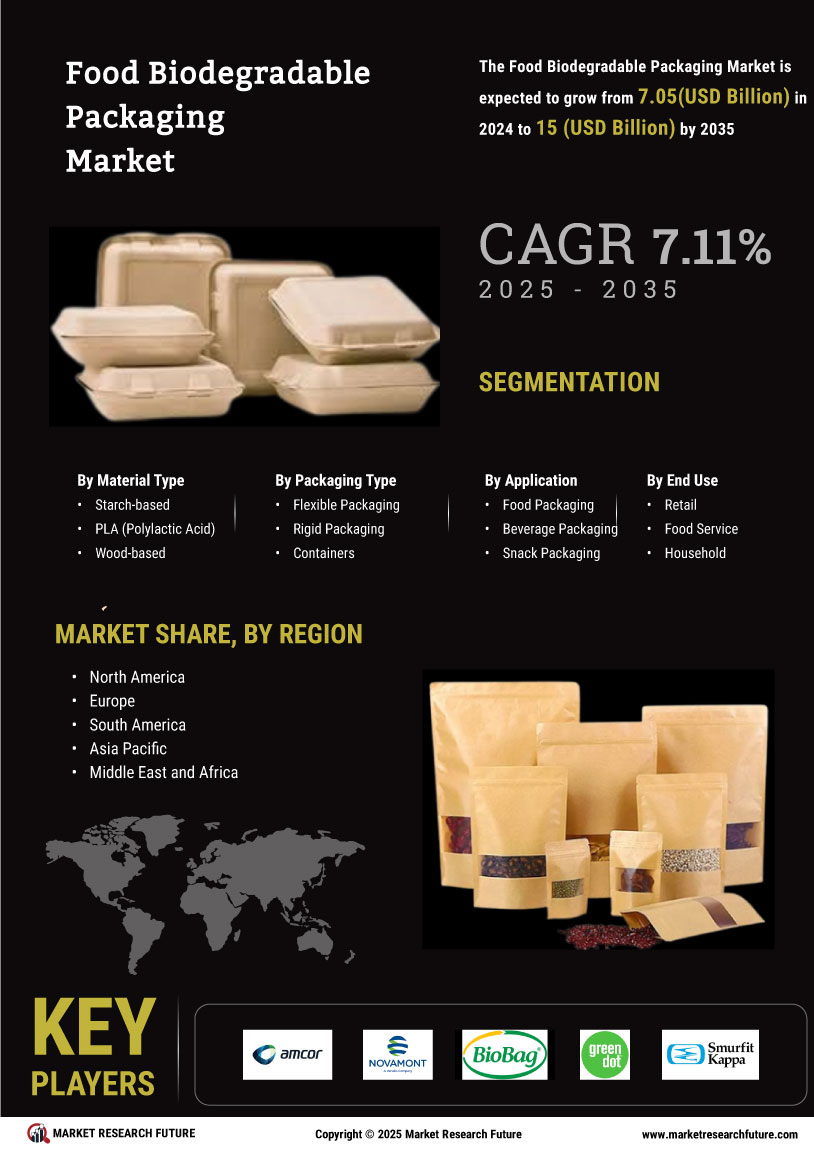

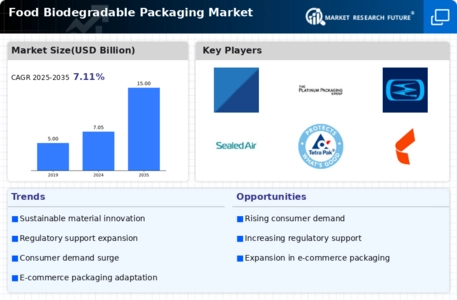
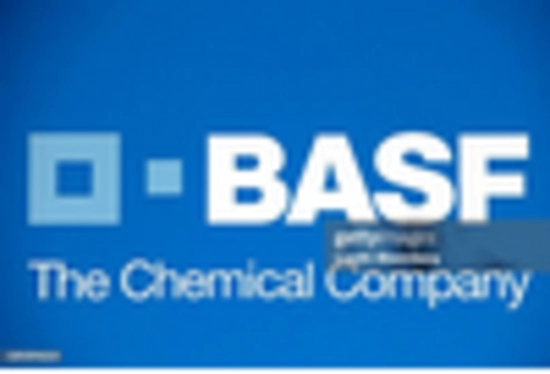

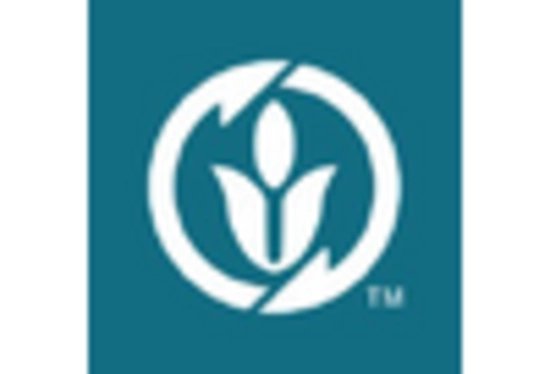
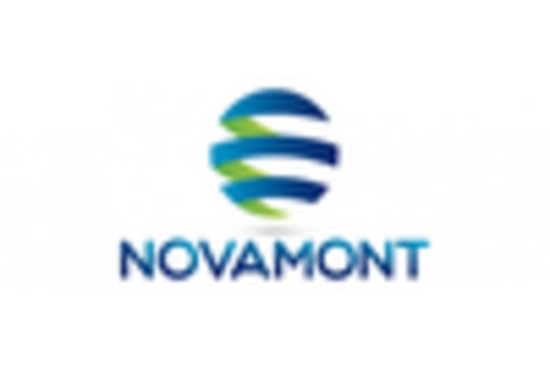
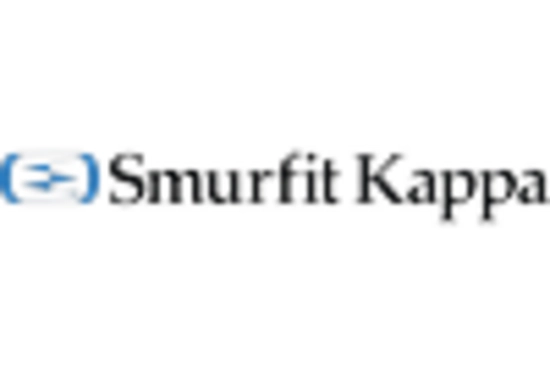
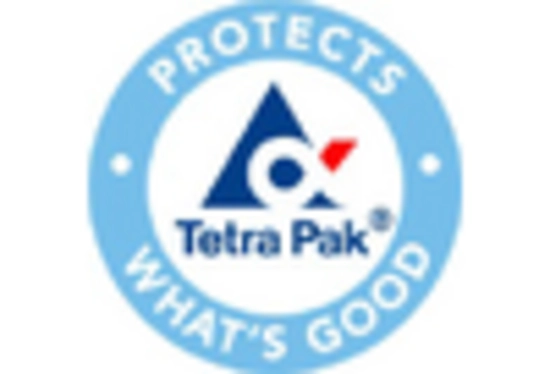








Leave a Comment